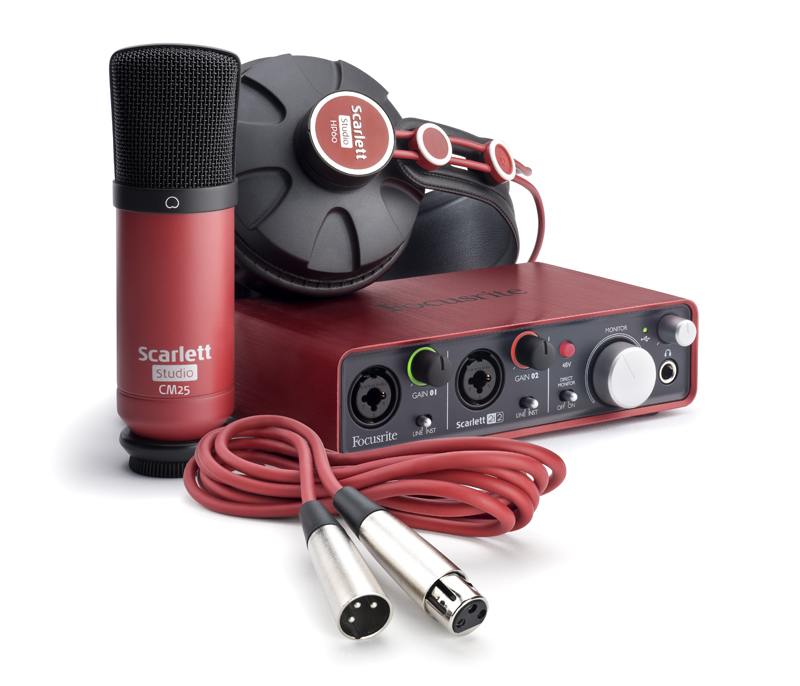In today’s digital age, having a small portable USB audio interface is essential for musicians, podcasters, and content creators on the go. These compact devices allow you to record high-quality audio wherever you are, whether you’re in a studio, on stage, or out in the field. However, with so many options available on the market, it can be overwhelming to choose the right one for your needs. In this article, we will discuss the key features you must have in a small portable USB audio interface to ensure you get the best performance and value for your money.
High-Quality Preamps
One of the most important features to look for in a small portable USB audio interface is high-quality preamps. Preamps are essential for capturing clean and clear audio signals from microphones and instruments. Look for interfaces that have low noise, high gain, and transparent sound quality to ensure your recordings sound professional.
- Focusrite Scarlett 2i2
- PreSonus AudioBox USB
- Universal Audio Apollo Twin MkII
Low Latency Monitoring
Low latency monitoring is crucial for real-time audio processing and recording. It allows you to hear yourself without any delay while recording, which is essential for musicians who need to play along with backing tracks or virtual instruments. Make sure the USB audio interface you choose has direct monitoring capabilities to minimize latency and ensure a smooth recording experience.
Multiple Inputs and Outputs
Having multiple inputs and outputs on your USB audio interface gives you the flexibility to connect various microphones, instruments, and speakers simultaneously. Look for interfaces with at least two combo inputs for microphones and instruments, as well as line outputs for connecting studio monitors or headphones. This versatility allows you to record and monitor multiple sources at the same time, making your workflow more efficient.
Phantom Power
If you plan on using condenser microphones, make sure the USB audio interface you choose has phantom power. Phantom power is necessary to power these types of microphones, which require an external power source to operate. Having phantom power on your interface ensures compatibility with a wide range of microphones and allows you to capture detailed and dynamic audio recordings.
Compact and Durable Design
When choosing a small portable USB audio interface, consider the design and build quality of the device. Look for interfaces that are compact, lightweight, and durable, making them easy to transport and suitable for use in various environments. A rugged metal chassis and robust connectors ensure the interface can withstand the rigors of travel and daily use, providing you with reliable performance wherever you go.
Compatibility and Connectivity
Ensure the USB audio interface you choose is compatible with your operating system and recording software. Most interfaces are plug-and-play and work seamlessly with popular DAWs like Pro Tools, Logic Pro, and Ableton Live. Additionally, check for connectivity options such as USB-C, Thunderbolt, or iOS compatibility if you plan on using the interface with different devices or platforms.
Summary
In conclusion, when looking for a small portable USB audio interface, prioritize features such as high-quality preamps, low latency monitoring, multiple inputs and outputs, phantom power, compact and durable design, and compatibility and connectivity. By choosing an interface that meets these criteria, you can ensure you have the tools you need to create professional-quality audio recordings wherever you are. Whether you’re a musician, podcaster, or content creator, investing in a reliable USB audio interface will enhance your workflow and elevate the quality of your productions.






























